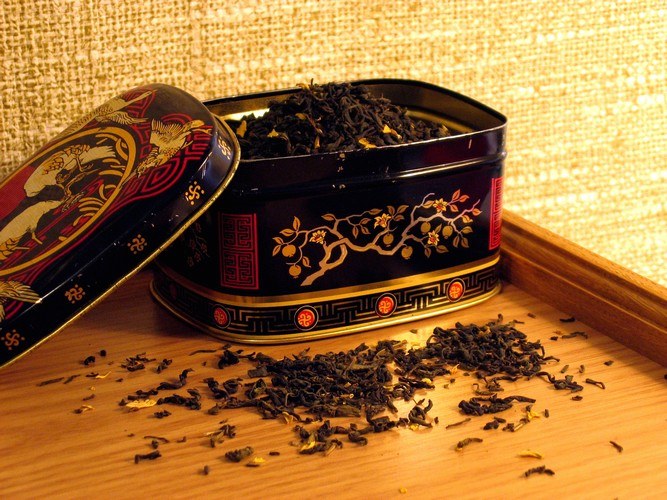The origin of the word "Pekoe"
In China since ancient times there is an expensive variety of white tea called "Bai Hao Yin Zhen", which means "white hairs". The real "Bai Hao Yin Zhen" manually collected in ecologically clean area with a particular climate in the spring. While only collect the buds of the leaves that failed to open up and coated fibers. By collecting only allowed people without bad habits and not using perfume. The tea is manually processed, after which it become silvery hairs, hence its name.
In ancient times, Chinese merchants were called "Bai Hao" variety of teas to give them high quality and expensive, and sell to foreign merchants at an inflated price. After returning home, the Russian merchants tried to sell their more expensive tea and some distorted name. In the end, stuck the word "tea", which was supposed to emphasize the high cost and rarity of the tea.
This expensive variety, however, has nothing to do with conventional leaf tea, which is drunk everywhere.
Tea today
Today, tea is the trading name of most of the teas presented in the form of individual tea leaves. It is black, green, yellow, red (Oolong), depending on technology of processing of tea leaves.
Black teas on the size of the tea leaves are divided into leaf, broken (medium), chips/visico (small), and green - loose leaf and broken.
To get black Pekoe tea are withering, rolling, fermentation, drying.
Green tea (Kok Chai) is not subjected to drying and fermentation, unlike black. The sheets are fixed with hot steam, are dried to a moisture content of 60%, rolled, sorted, and dried. Green tea retains more chlorophyll, vitamins, tannins and other biologically active substances, than in black.
Yellow tea in China is called "Imperial" and is made of high quality raw materials. The production process includes withering the leaves, steaming or roasting, rolling and drying. Tea leaves turn black with an olive tint. Yellow tea - suboperations, he has a strong tonic effect, floral aroma.
In addition to loose leaf, there are also pressed tea (brick, tablet, and tile) and extracted (dry crystal form or in the form of liquid extract).
Red tea is produced by withering, rolling, short fermentation, light roast, re-twisting and drying. During the fermentation process the tips of the leaves become red-brown. Red tea, like yellow, is suboperations, he's got a strong flavor. The dark tea leaves have a bluish metallic luster.
